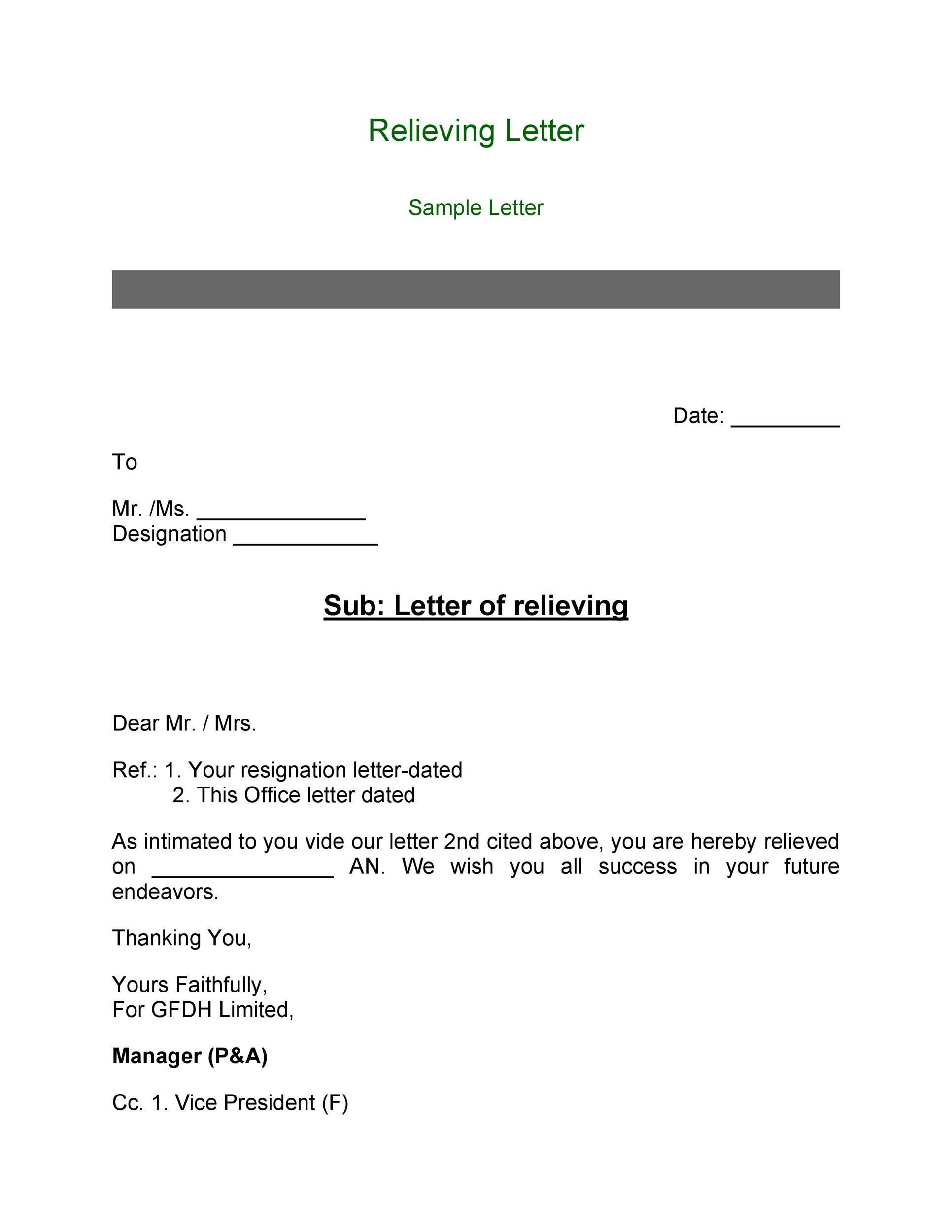Are you wondering if Is Termination Letter Same As Relieving Letter? In this article, we will explore the key differences between these two types of letters and provide examples that you can use or modify as needed.
Understanding the Difference
While both a termination letter and a relieving letter are related to the end of employment, they serve different purposes and are used in different contexts. Here’s a breakdown of the key differences:
- A termination letter is issued by the employer to inform an employee that their employment is being terminated. It typically includes the reasons for termination and any relevant details such as the last working day and any severance pay or benefits.
- A relieving letter, on the other hand, is issued by the employer to confirm that the employee has been relieved of their duties and responsibilities. It serves as a formal acknowledgment of the employee’s departure from the organization.
- While a termination letter is often a unilateral decision made by the employer, a relieving letter is usually issued after the employee has resigned and serves as a confirmation of their resignation.
Example of Is Termination Letter Same As Relieving Letter:
Dear [Recipient’s Name],
I am writing to inform you that your employment with [Company Name] is being terminated, effective [Last Working Day]. The decision to terminate your employment is due to [Reason for Termination].
Please be advised that you are entitled to [Severance Pay/Benefits] as per your employment contract. We will provide you with further details regarding the termination process and any necessary paperwork in the coming days.
We appreciate your contributions during your time with [Company Name] and wish you all the best in your future endeavors.
Sincerely,
[Your Name]
Is Termination Letter Same As Relieving Letter
Free Relieving Letter Format, Samples | How to write a Relieving Letter?

37 Professional Relieving Letters (Free Templates) ᐅ TemplateLab

37 Professional Relieving Letters (Free Templates) ᐅ TemplateLab

Free Relieving Letter Format, Samples | How to write a Relieving Letter?

37 Professional Relieving Letters (Free Templates) ᐅ TemplateLab

Relieving Letter – How to create a Relieving Letter? Download this
